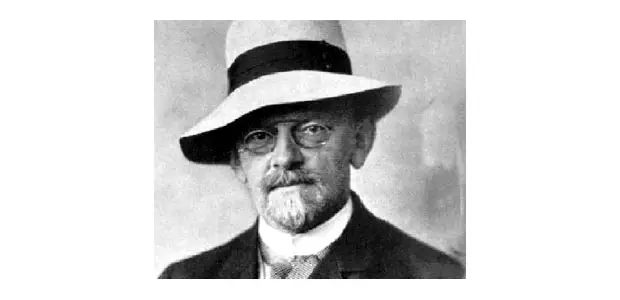
Early Life
David Hilbert was a German mathematician. He was born on the 23rd of January 1862 in the Province of Prussia. He is known as one of the leading mathematicians of the 19th and early 20th century. He attended the ‘Friedrichskolleg Gymnasium’ (Collegium fridericianum) starting from 1872 but he never really settled there. Thus he transferred to Wilhelm Gymnasium in 1879. After his graduation from here he went to the University of Königsberg. There he became acquainted with Minkowski who then became a very close a trusted friend who also shared the love of mathematics with him. Another friendship that became a significant factor in Hilbert’s mathematical development was with Hurwitz who was also a doctorate student like Hilbert and Minkowski.
Contribution to Mathematics
Hilbert started teaching at the University of Göttingen from 1886 to 1895. He started as Privadozent, became Extraordinary Professor and then a full professor in 1893. Hilbert’s distinguished position in the world of mathematics put him in the limelight and many other academic institutions offered him to work for them which he declined and continued teaching at Göttingen. His first work was about the invariant theory which led the way to the proof of the renowned finiteness theorem. Paul Gordan had solved this theorem almost twenty years back but his approach did not seem to work for Hilbert so he used a totally different approach and thus the Hilbert’s Basis Theorem evolved. In 1890 the German Mathematical Society acclaimed his work concerning the algebraic number theory. His works in the area of geometry are considered to be the most influential after Euclid.
Hilbert’s famous ’23 problems’ were the most effective and profoundly deliberated set of problems ever presented by a mathematician. He presented these at the International Congress of Mathematicians held in Paris in 1900. Out of these some were solved while others were discussed during the course of the 20th century. Now few of the problems are known as too open ended to have a definite answer however others out of them still remain a challenge for mathematicians today. In 1920 Hilbert launched what became to be known as ‘Hilbert’s Program’ which was based on principles that made mathematics a more logical based subject rather than tasks determined by randomly postulated rules.
Hilbert did a lot of work for mathematics in various branches of the subject such as invariants, functional analysis, algebraic number fields and the calculus of variations. His work in the branch of integral equations in 1909 was the basis of the research carried out in the 20th century in functional analysis. It also lay a foundation for his own work on infinite dimensional space known now as Hilbert’s Space; a notion which is used in quantum mechanics.
Death
The last years of Hilbert’s life and of many of his colleagues and students was overshadowed by the Nazi rule. The University of Göttingen was totally under the shadow of this regime and the whole Jewish faculty was removed. Hilbert died having immensely contributed to mathematics on 14th February in 1943. His death remained unknown to the rest of the world until six months after his death. His tombstone is marked with his own words which he said when announcing his retirement from the Society of German Scientists and Physicians in 1930.
We must know
We will Know